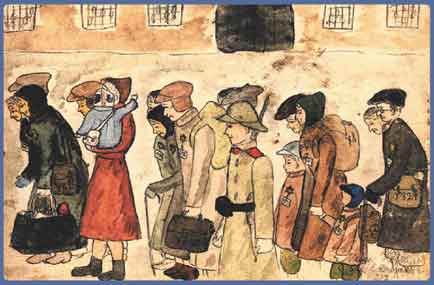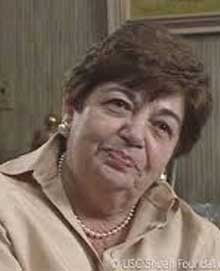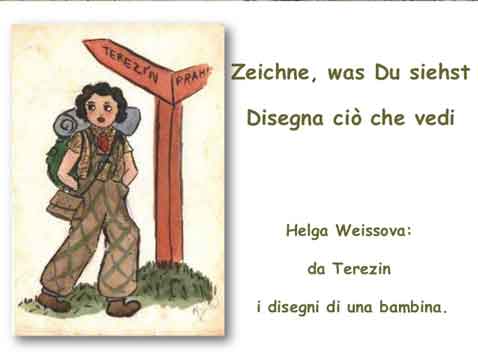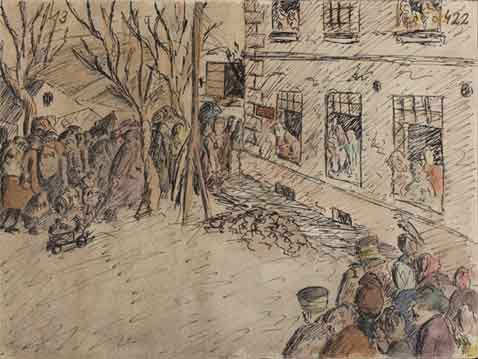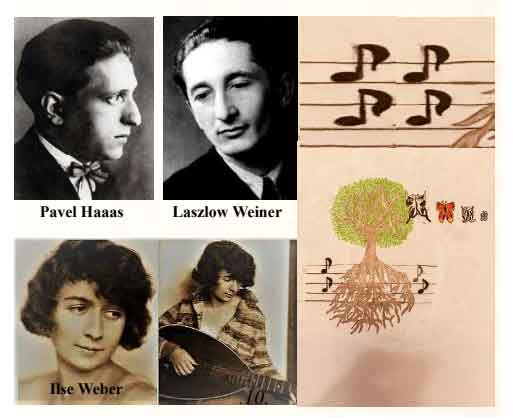

Over the 70 years which followed the Shoah (Holocaust), numerous music scores of all styles have been found which were created in the Nazi concentration and death camps. These are testimonies of how talent, art, emotion, and beauty can triumph over evil.
Kate Hatmaker is the Co-founder, Artistic Director and Executive Director of chamber music concerts with innovative programming. Art of Elan will help organize a chamber music group to perform a concert of works composed by inmates in concentration camps and ghettos (such as Terezin. A repertoire of visual arts projection and literature will enhance the performance. ArtOfElan
On the fall of France in 1940, Messiaen was made a prisoner of war, during which time he composed his Quatuor pour la fin du temps ("Quartet for the end of time") for the four available instruments piano, violin, cello and clarinet. The piece was first performed by Messiaen and fellow prisoners for an audience of inmates and prison guards. He was appointed professor of harmony soon after his release in 1941, and professor of composition in 1966 at the Paris Conservatoire, positions he held until his retirement in 1978.
Ilse Weber (11 January 1903 6 October 1944) nee Herlinger, was born in Witkowitz near Mehrisch-Ostrau. A Jewish poet, she wrote in German, most notably songs and theater pieces for Jewish children. She married Willi Weber in 1930. She was voluntarily transported to Auschwitz with the children of Theresienstadt and killed in the gas chambers, along with her son, Tommy. Her most popular book was "Mendel Rosenbusch: Tales for Jewish Children" (1929).
Edith Eger : Edith Eva Eger was forced to dance for Dr. Joseph Mengele, the notorious medical officer at Auschwitz concentration camp in Poland, the doctor who ordered her parents' death.

Like diaries and chronicles written during the war, early memoirs offer a sense of the diversity of Jewish life and Jewish responses to the German onslaught as well as the ethnic, religious, and political differences among the Jews caught in the genocidal web. They frequently focus on the details of everyday life under radically abnormal circumstances. In addition to the individual personality of the writer, these memoirs are shaped by the country, social class, education, age and the degree of Jewish identity and assimilation that the writer experienced prior to the war. As time progresses, the voices of child and adolescent survivors well into in their adult years by the time they write autobiographically is added to the accumulation of memory narratives, in the next wave of memoirs.
This stirring collection of diaries written by young people, aged twelve to twenty-two years, during the Holocaust has been fully revised and updated. Some of the writers were refugees, others were in hiding or passing as non-Jews, some were imprisoned in ghettos, and nearly all perished before liberation. This seminal National Jewish Book Award winner preserves the impressions, emotions, and eyewitness reportage of young people whose accounts of daily events and often unexpected thoughts, ideas, and feelings serve to deepen and complicate our understanding of life during the Holocaust. The second paperback edition includes a new preface by Alexandra Zapruder examining the book's history and impact. Simultaneously, a multimedia edition incorporates a wealth of new content in a variety of media,
including photographs of the writers and their families, images of the original diaries, artwork made by the writers, historical documents, glossary terms, maps, survivor testimony (some available for the first time), and video of the author teaching key passages. In addition, an in-depth, interdisciplinary curriculum in history, literature, and writing developed by the author and a team of teachers, working in cooperation with the educational organization Facing History and Ourselves, is now available to support use of the book in middle- and high-school classrooms.
Alexandra Zapruder was on the founding staff of the United States Holocaust Memorial Museum and was writer and co-producer of I'm Still Here, an award-winning documentary for young people based on Salvaged Pages.
Inside Anne Frank's House: An Illustrated JourneyThrough Anne's World
The Partisan Song: Performed by Dudu Fisher & the 2013 March of the Living Children's Choir
"Zog nit keyn mol" (Never Say; Yiddish: ???? ??? ???? ????, [z?g nit k?jn m?l]) or "Partizaner lid" (Partisan Song) is a Yiddish song considered one of the chief anthems of the Holocaust survivors and is sung in memorial services around the world. The lyrics of the song were written in 1943 by Hirsh Glick, a young Jewish inmate of the Vilna Ghetto. The title means "Never Say", and derives from the first line of the song.
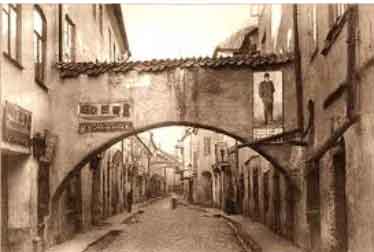
Vilna Ghetto recalled in Yiddish Songs
There are so many contradictions in the organization of the Third Reich that it is only surprising at first thought to learn that theatres, both permitted and illicit, exist in the German concentration camps. The nature and extent of this theatre varies in direct relation to the conditions prevailing in a particular camp



